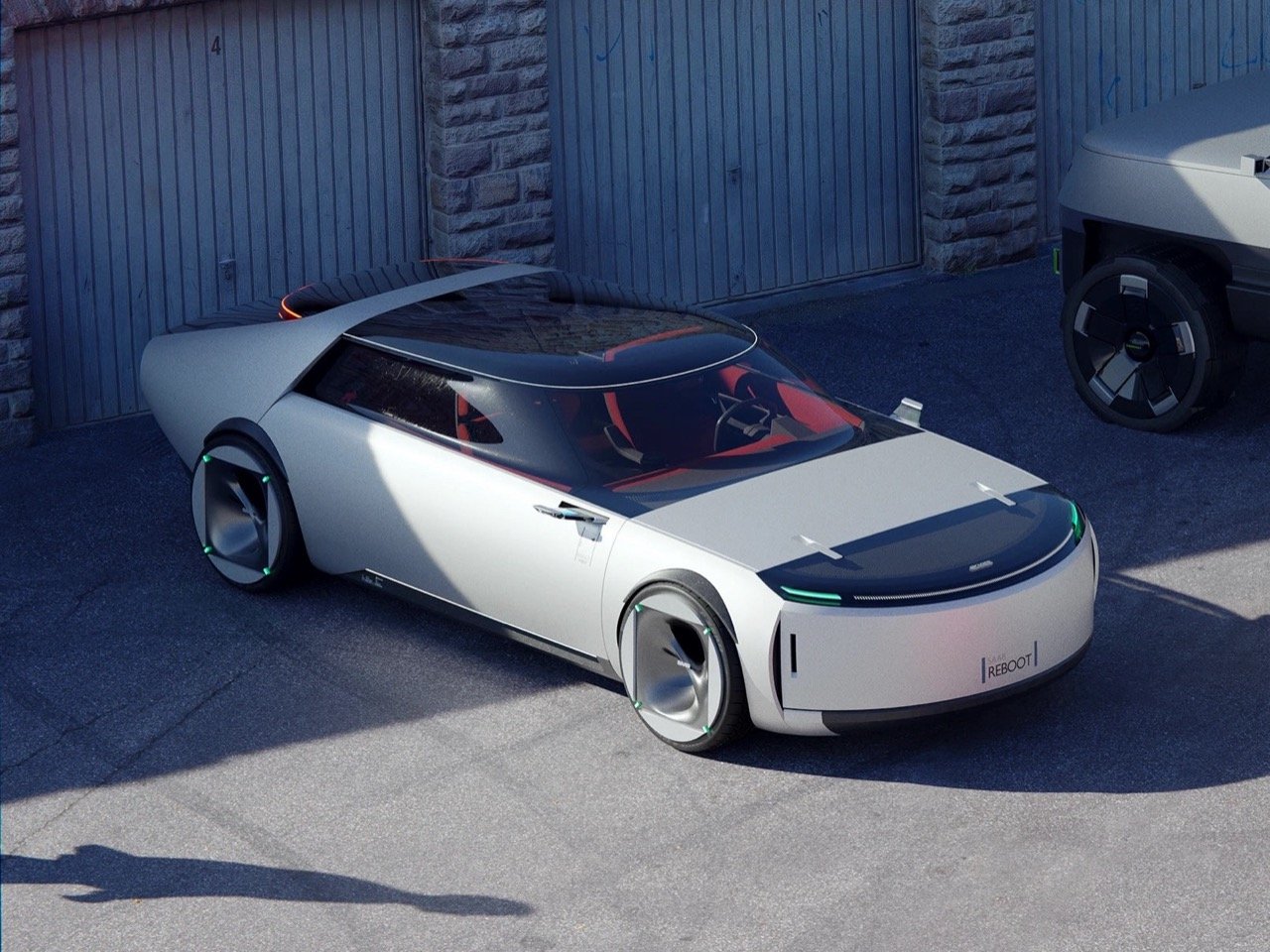Most people remember Saab as that quirky Swedish car brand that disappeared around 2011, leaving behind a cult following of drivers who still swear by their old 900s and 9-3s. What made Saab different wasn’t just the cars themselves, but the story behind them. The company started as an aircraft manufacturer during World War II, building fighter jets for the Swedish military. When they decided to make cars in the late 1940s, they brought that aviation mindset with them.
This aerospace DNA showed up everywhere in classic Saabs. The cockpit-like interiors with their wraparound dashboards felt like sitting in a pilot’s seat. The ignition switch lived between the front seats, supposedly to prevent knee injuries in a crash, just like in aircraft design. Even the body shapes had this wind-tunnel smoothness that made other cars look clunky by comparison. Saab owners became a tribe of sorts, people who appreciated the brand’s mix of Swedish practicality, safety obsession, and just enough weirdness to feel special.
Designer: David Sova
When General Motors finally pulled the plug on Saab after years of financial struggles, it left a hole in the automotive landscape. No other brand quite captured that combination of thoughtful engineering, Scandinavian minimalism, and subtle quirkiness. Which brings us to David Sova’s “Reboot” concept, a designer’s answer to the question: what would a modern Saab look like if someone got it right?
Sova clearly understands what made the original brand tick. His concept car looks like it was shaped by wind rather than committee meetings. The body is one smooth, continuous form that stretches from nose to tail without unnecessary creases or aggressive styling cues. It’s the automotive equivalent of a well-designed piece of furniture, something that would age gracefully in your driveway rather than looking dated in five years.
The proportions tell the story of a practical car that doesn’t apologize for being sensible. Long roof, big windows, wheels pushed to the corners for maximum interior space. It’s clearly electric, with no need for a traditional grille, so the front end becomes this clean, friendly face with just a slim light bar for expression. The whole thing feels approachable rather than intimidating, like a car that would be equally at home dropping kids at school or heading out for a weekend adventure.
That massive glass canopy is pure Saab DNA translated for 2024. Classic Saabs were famous for their airy, light-filled cabins, and this concept takes that idea to its logical conclusion. The roof and windshield flow together into one continuous piece, creating what feels like a greenhouse on wheels. It’s the kind of design that makes you want to take the long way home just to enjoy the view.
The wheel design shows Sova gets the aerospace connection without beating you over the head with it. They’re large and nearly flush with the body, with turbine-like cutouts that hint at jet engines without looking like costume jewelry. It’s a subtle nod that Saab fans will appreciate while everyone else just sees attractive, purposeful wheels.
Inside, you can glimpse red seats through all that glass, a warm contrast to the cool exterior. The dashboard looks refreshingly simple, like someone actually thought about where your hands would naturally fall rather than just cramming in the latest touchscreen technology. It’s the kind of interior that suggests the car would be pleasant to live with daily, not just impressive in photos.
What makes this concept compelling isn’t just how it looks, but how it captures the spirit of what Saab represented. The presentation materials even reference IKEA, another Swedish brand known for democratic design and functional beauty. It’s a smart connection that positions this imaginary new Saab as something accessible and honest rather than exclusive and flashy.
The car works in every setting Sova shows it in, from urban cobblestones to seaside roads. That versatility was always a Saab strength, cars that could handle Swedish winters and summer road trips with equal competence. This concept suggests a modern electric vehicle that could fill that same role, practical enough for daily life but interesting enough to make the commute a little more enjoyable.
Whether Saab will ever actually return remains an open question, but Sova’s Reboot concept shows there’s still appetite for the brand’s particular mix of rationality and charm. In a world of increasingly aggressive and complex car designs, sometimes the most radical thing you can do is keep it simple and make it beautiful.
The post Saab Might Be Dead But This Stunning Electric Concept Brings It Back to Life first appeared on Yanko Design.

